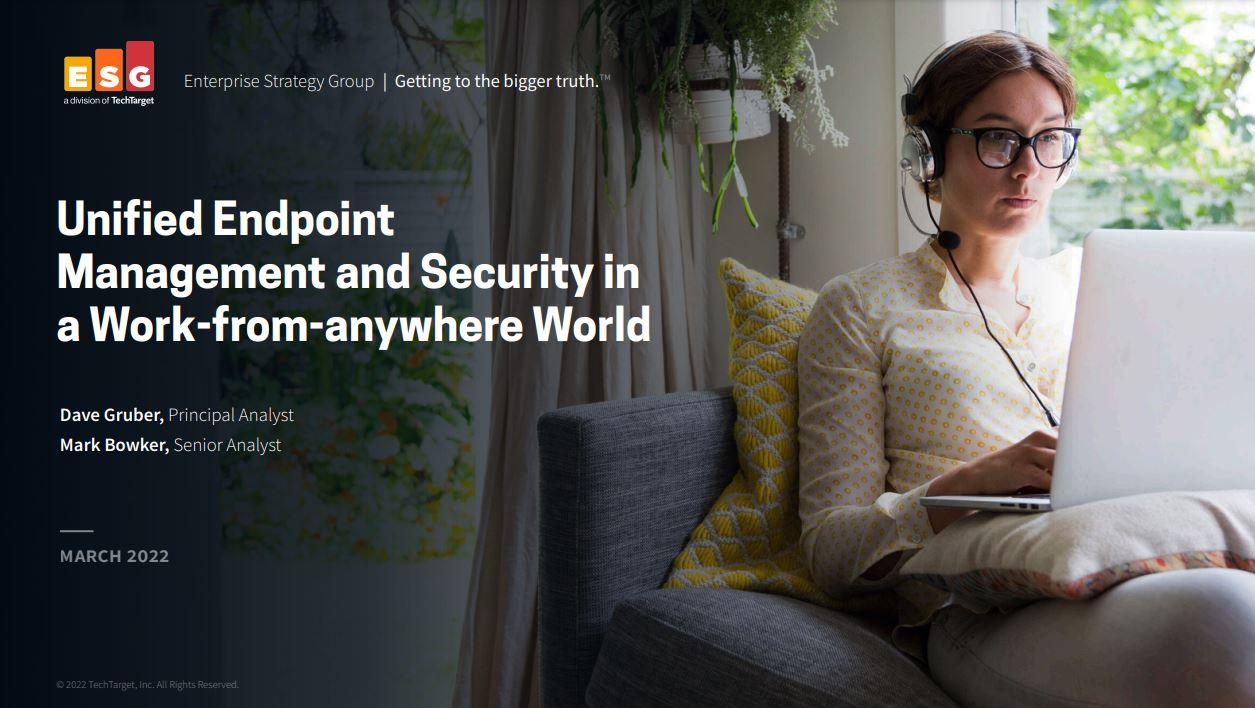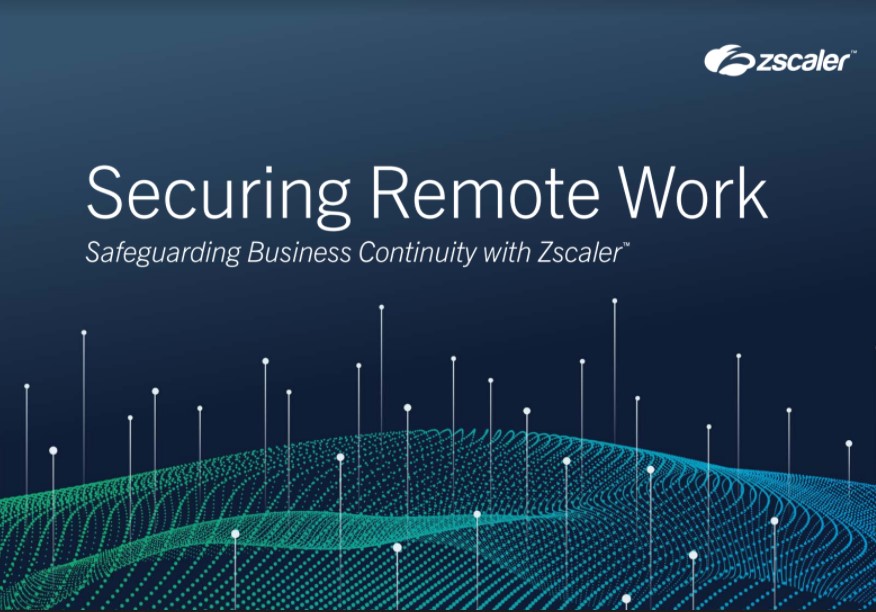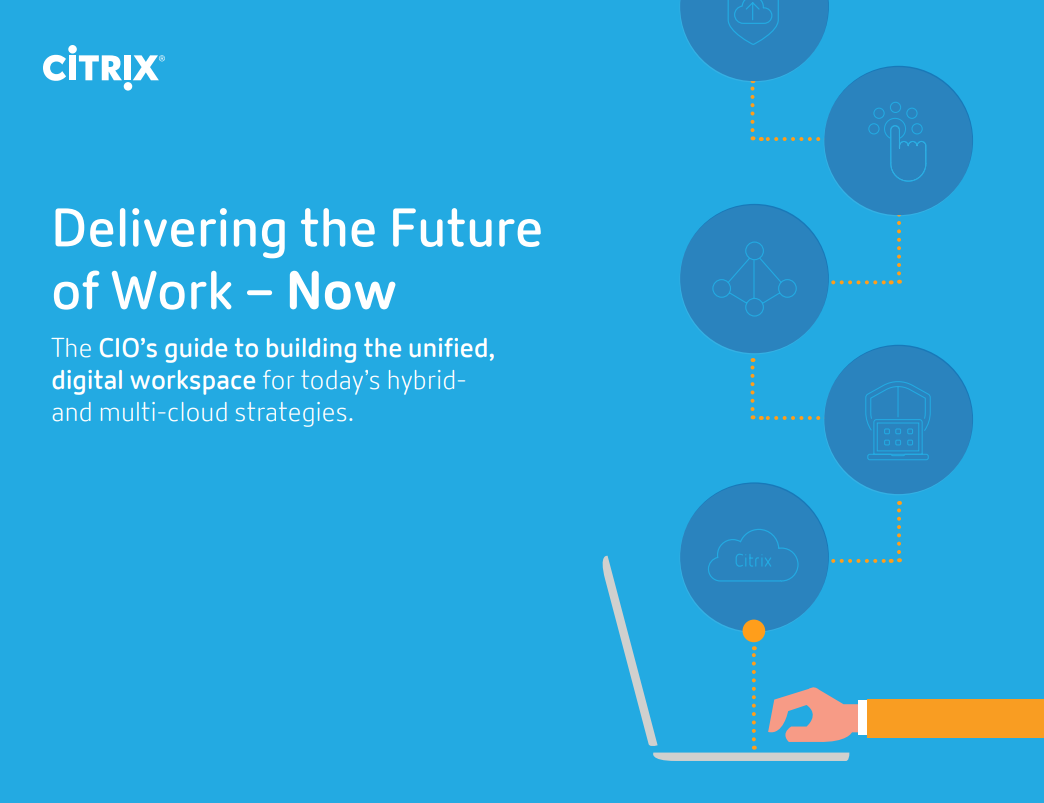How digital workspaces are changing the way we work
The way we work is changing, and the way we manage our IT tools needs to change with it

The digital world continues to develop every year, where we can now not only stream movies from our laptops, but also our TVs and smartphones. It’s affected a number of industries, including everything from shopping to shipping. For example, now we expect to get a package delivered in the next day or so, compared to the five-to-eight day shipping experience of the past. More and more people expect everything to be on-demand, and this idea now also applies to the workplace.
Business users expect the IT apps and tools they work with every day to be installed on any device they use, and be available at any time. The transition to remote working also means that users need to be able to access their IT resources from any location.
Due to this new model, IT is undergoing fast transformation since big tech providers are taking their services to the cloud. This is due to the benefits they can get for their businesses, including reduced costs, rapid scalability, and greater efficiency. In the 2023 State of the Cloud Report from Flexera, it found that 4% of organisations only use the private cloud, 24% only use the public cloud, while 72% prefer a hybrid approach.
As more businesses move onto the cloud, employees will begin to have more options when it comes to accessing their work. This comes with numerous benefits, not only for the employees but for the wider businesses too. Workers have been empowered to be able to work from any location, as long as they have a device with a connection to the internet. This enables them to be productive outside of the office, and stay connected with their teams.
However, the transition to remote working has seen new challenges emerge for IT teams, as well as users and managers. It also has impacted economies around the world, as well as different sectors like robotic automation.
What is a digital workspace?
RELATED RESOURCE

Unified Endpoint Management and Security in a work-from-anywhere world
Management and security activities are deeply intertwined, requiring integrated workflows between IT and security teams
The on-demand principle has affected the workplace and one of the results has been the digital workspace. This is where web apps, different SaaS applications, and tools used by employees in an organisation are centralised on a cloud platform.
The advantage of bringing all these cloud tools together is that it helps IT departments to use a ‘Single Pane of Glass’ approach when it comes to administration or management. This helps make sure that app integration is seamless, data governance can be enforced easily, and that performance stays smooth across an organisation.
Get the ITPro daily newsletter
Sign up today and you will receive a free copy of our Future Focus 2025 report - the leading guidance on AI, cybersecurity and other IT challenges as per 700+ senior executives
The digital workplace can also provide benefits for IT departments when it comes to security. Take SaaS applications, for example. They usually contain numerous data management, access management, and security and compliance policies. This could mean a business has to implement a number of different security perimeters and styles, which is a challenging task for the IT department to manage.
The recent boom in clever SaaS tools can also result in employees adopting non-sanctioned applications or plugins, which in turn create a security headache and can lead to cloud sprawl, where excess workloads cause additional storage costs and security threats.
It brings benefits for employees, too - adoption of digital workspaces means they can use single sign-on, using one set of login credentials to access all the services they need at work, rather than having to keep track of multiple usernames and passwords (or re-using the same one).
As mobility continues to evolve the way we work, companies need to address all the associated complexities and risks head-on. Although cloud-based tools can offer a slew of business benefits, IT departments need to ensure that they avoid cloud sprawl, and keep their digital tools as unified and streamlined as possible.
What are the benefits of a digital workplace?
The evolution of the digital workspace is not only a technological occurrence, but also a cultural one.
Digital workspaces deliver unique advantages to both organisations and employees, blurring the lines between personal and work time. Thanks to mobile technology and altering attitudes towards remote working, employees can increasingly work whenever and wherever suits them. Additionally, with no physical office presence necessary, the best talent can be sourced from any corner of the globe.
For some, the work never stops. In theory, businesses should thrive. But can the modern generation's desire for flexibility, collaboration and openness actually be counterproductive?
The digital workplace certainly introduces fresh challenges, for both employers and employees. The rigidity of the traditional nine-to-five ensured work was left in the office once 5pm passed, but being constantly connected can destabilise the work/life balance. And paired with the almost constant use of technology in recreational time as well as during work hours, employees are more vulnerable to stress and burnout.
As organisations tread the delicate work/life balance line, they must remain conscious of employee rights and well-being, even if this affects productivity gains generated by digital working. Keeping employees happy will benefit both them and the wider organisation. Leaders must ensure that the ability to work around the clock does not create unrealistic expectations and cause burnout. Opening lines of communication between leaders and employees about such issues is a positive first step.
Digitisation is changing workplace behaviours
Like-minded digital workspace initiatives are feeding a trend whereby expertise is redistributed from major settlements previously renown for their financial and technological innovation, towards secondary cities and rural areas.
Here, digital nomads, defined as those who utilise technology - mainly hardware, an abundance of cloud applications, and a high-speed internet connection - to work outside of the traditional office space, are upping sticks and outing major cities where previously they had little choice but to reside. What's lost by these economies as their skilled workers depart, is gained by secondary cities, boosting local economies.
Digital workspaces are also responsible for the creation of a 'flex economy', a phenomenon which revolves around the creation of flexible workspaces, otherwise known as co-working spaces. A study conducted by Regus found that communities fitted with a flexible workspace experienced sparks in job creation, and attributed the trend to large enterprises adopting flexible working policies.
The prevalence of digital workspaces should continue to spread both expertise and wealth through the echelons of society and settlement, bolstering local economies and perhaps one day dismantling the famous financial and technological centres scattered around the globe.
How is automation affecting the workforce?
Digital workspaces are paving the way for a new element of diversity to enter the workforce: automation. Already playing a key role in forward-thinking enterprises, the future workforce will undoubtedly consist of automated robots and humans working collaboratively, and discovering how the two can co-exist is the key to launching your business into the digital age. Automation isn’t something to be feared, it’s something to be capitalised upon.
Robotics Process Automation (RPA) refers to a group of technologies that are able to automate predictable, routine tasks. Think the populating of data fields on digital forms, for example. The data fields constantly remain in a fixed position, allowing a robotic program to populate the boxes in a fraction of the time of a human employee, and with zero errors.
RELATED RESOURCE

Unified Endpoint Management and Security in a work-from-anywhere world
Management and security activities are deeply intertwined, requiring integrated workflows between IT and security teams
There are two ways to look at this process: employees are liberated from mundane back-office tasks, allowing them to focus on more engaging tasks that produce higher business value and do wonders for their wellbeing; or employees are rendered obsolete and are at risk of redundancy.
Whichever outlook prevails, the introduction of automation to the digital workspace is fundamentally altering the way we work. Demand for technical skill sets is undoubtedly rising, leading to the creation of new job roles such as digital marketers, data science, and so on. Conversely, demand for less technical skills like data input will decrease, with these trends overseeing an IT skills shift that shows no signs of slowing.
This article was first published on 30/09/20, and has since been updated
-
 Third time lucky? Microsoft finally begins roll-out of controversial Recall feature
Third time lucky? Microsoft finally begins roll-out of controversial Recall featureNews The Windows Recall feature has been plagued by setbacks and backlash from security professionals
By Emma Woollacott Published
-
 The UK government wants quantum technology out of the lab and in the hands of enterprises
The UK government wants quantum technology out of the lab and in the hands of enterprisesNews The UK government has unveiled plans to invest £121 million in quantum computing projects in an effort to drive real-world applications and adoption rates.
By Emma Woollacott Published
-
 Securing remote work
Securing remote workWhitepapers Safeguarding business continuity
By ITPro Published
-
 Delivering the future of work - now
Delivering the future of work - nowWhitepapers The CIO’s guide to building the unified digital workspace for today’s hybrid and multi-cloud strategies.
By ITPro Published
-
 Why it’s time to ditch the one-size-fits-all approach in a flexible office
Why it’s time to ditch the one-size-fits-all approach in a flexible officeOpinion The huge range of devices and services on offer is an opportunity to give teams exactly what they need
By Esther Kezia Thorpe Published